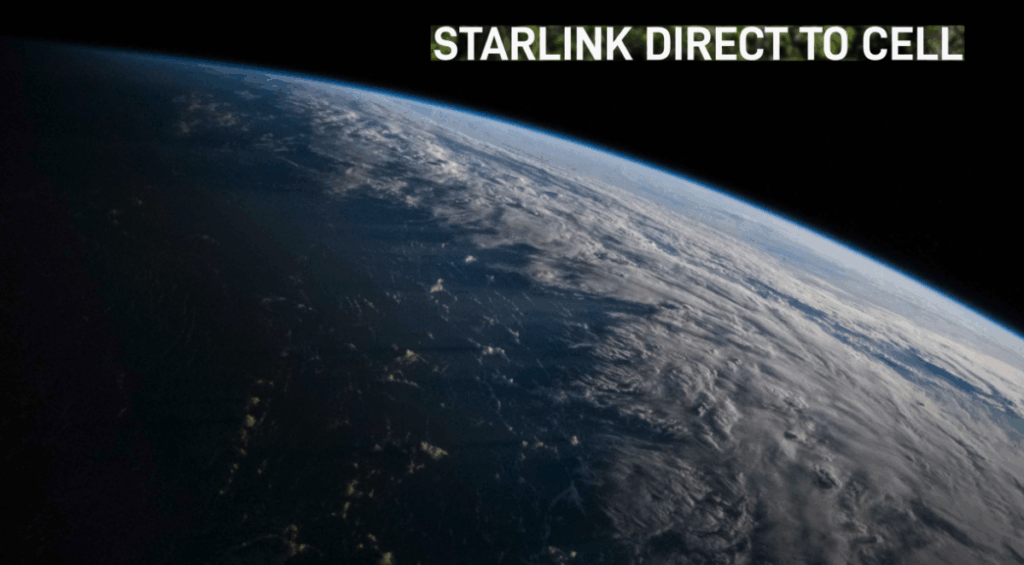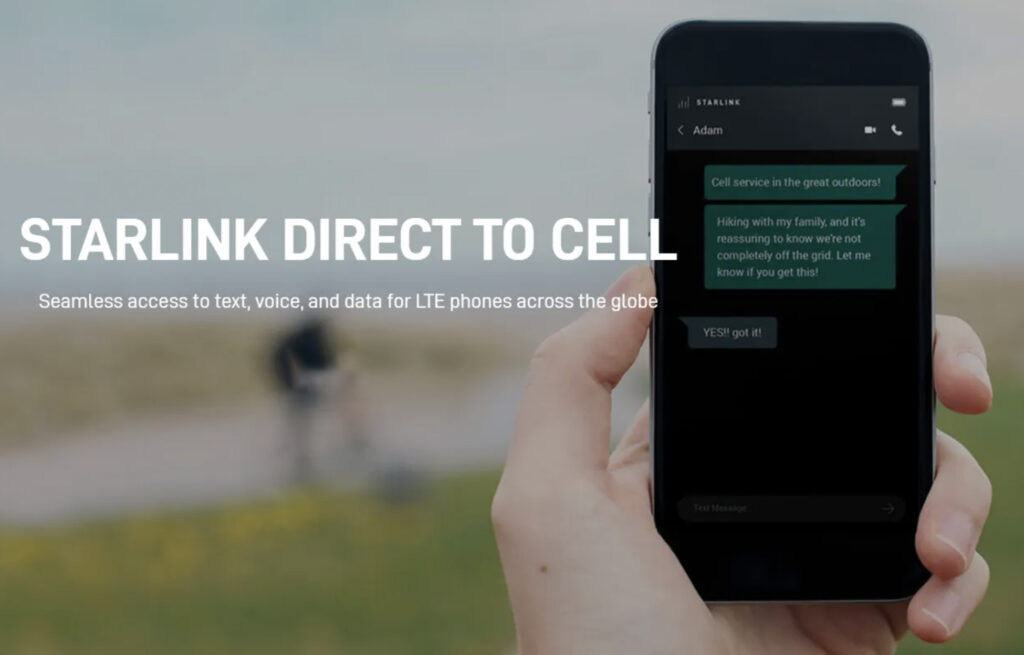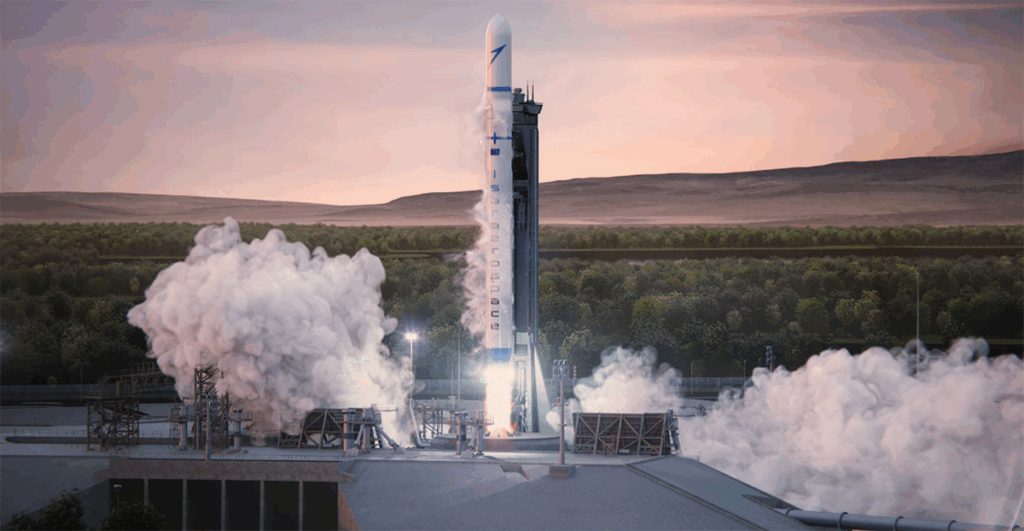
Researchers are turning to advanced satellite technology to address a critical gap in global infrastructure safety: the lack of structural monitoring on the world’s longest bridges. Due to high logistical hurdles and prohibitive costs, fewer than one in five bridges spanning 492 feet or more currently have systems installed to track structural health. However, a shift toward space-based monitoring could soon triple the number of bridges under active surveillance, allowing engineers to detect dangerous structural changes remotely.
The Science of Satellite Monitoring
A recent study published in Nature Communications validated the feasibility of this approach using the European Space Agency’s Sentinel-1 satellite constellation. By utilizing a data analysis technique known as Multi-Temporal Interferometric Synthetic Aperture Radar (MT-InSAR), researchers were able to identify structural displacements as small as a few millimeters—roughly the thickness of a dime. While minute, these shifts can serve as early warning signs of structural weakness, providing data that was previously difficult to capture without expensive on-site equipment.
The Role of NISAR
The scope of this monitoring is set to expand significantly with data from the NISAR (NASA-ISRO Synthetic Aperture Radar) satellite, a joint operation between NASA and the Indian Space Research Organisation. NISAR is designed to collect higher-resolution data than its predecessors, systematically gathering imagery of nearly every bridge in the world twice every 12 days. This comprehensive, time-series radar data will allow civil engineers to observe trends and stress points with greater clarity than ever before.
The Invisible Ruler
You can imagine the satellite’s radar beam not as a straight line, but as a sine wave—a repeating corkscrew of energy with a specific wavelength (often about 5 to 24 centimeters). When this wave hits a bridge and bounces back to the satellite, it returns at a specific point in its up-and-down cycle. This specific point is called the “phase.”
Measuring the Shift If a bridge moves even slightly between satellite passes—perhaps sinking by just a few millimeters due to stress—the distance to the satellite changes. Consequently, the returning radar wave will hit the sensor at a slightly different point in its cycle. By comparing the phase of the wave from the first pass to the phase from the second pass (interferometry), the satellite can calculate exactly how much the distance has changed. Because the wavelength is known and stable, engineers can measure shifts that are merely a tiny fraction of that wavelength, resulting in sub-centimeter precision.
Why Bridges are Ideal Targets This technique works exceptionally well on bridges because they are what scientists call “Permanent Scatterers.” Unlike forests or water, which change texture constantly, bridges are hard, geometric structures that reflect radar waves consistently over many years. This allows the satellite to lock onto specific points on the bridge—like a pylon or a cable anchor—and track its specific movement history with extreme accuracy.




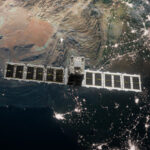
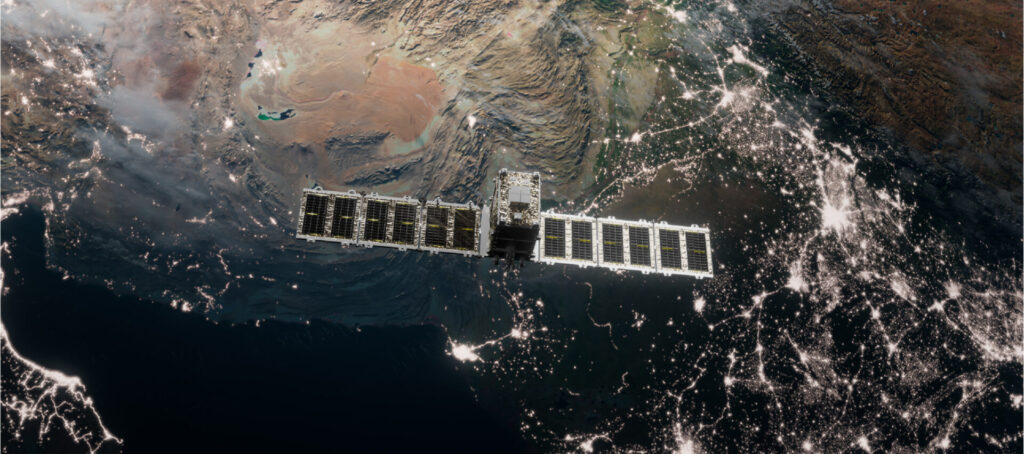

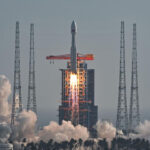
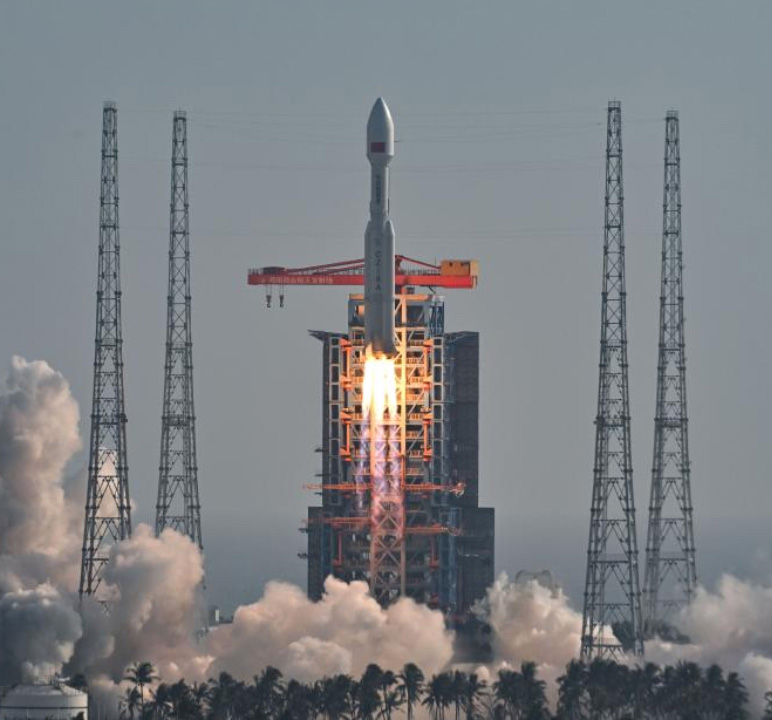
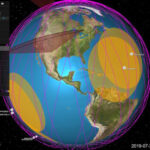

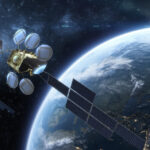
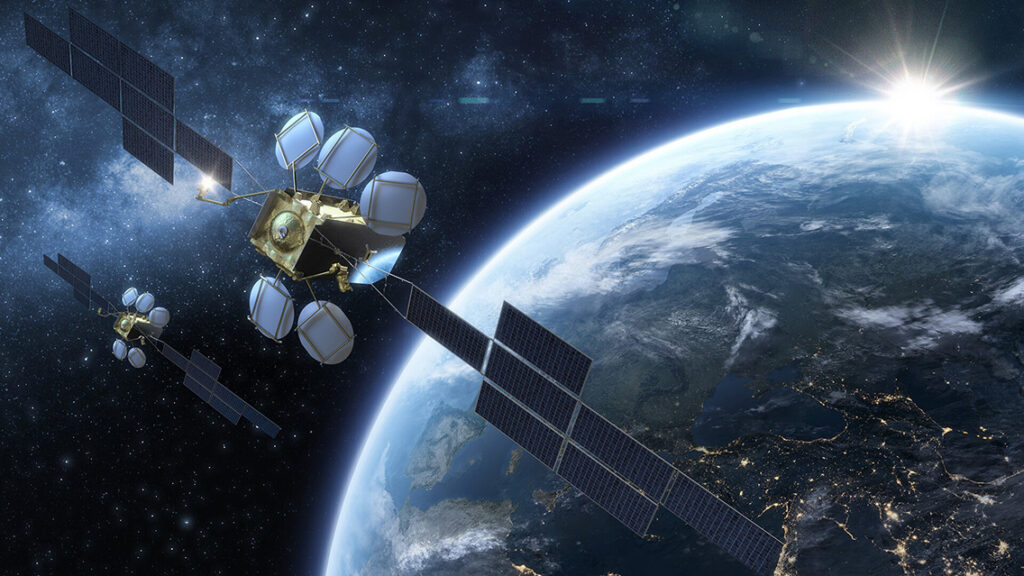
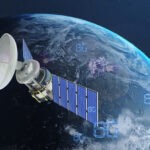
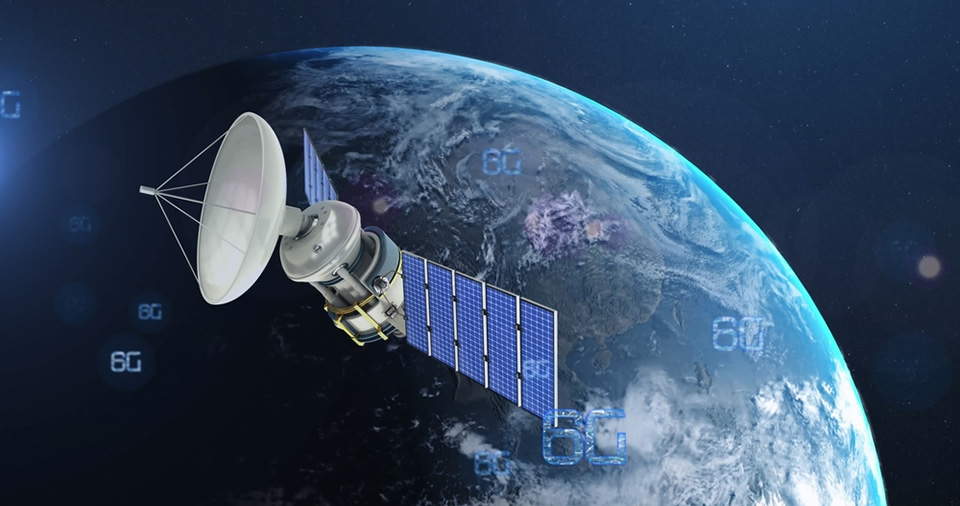

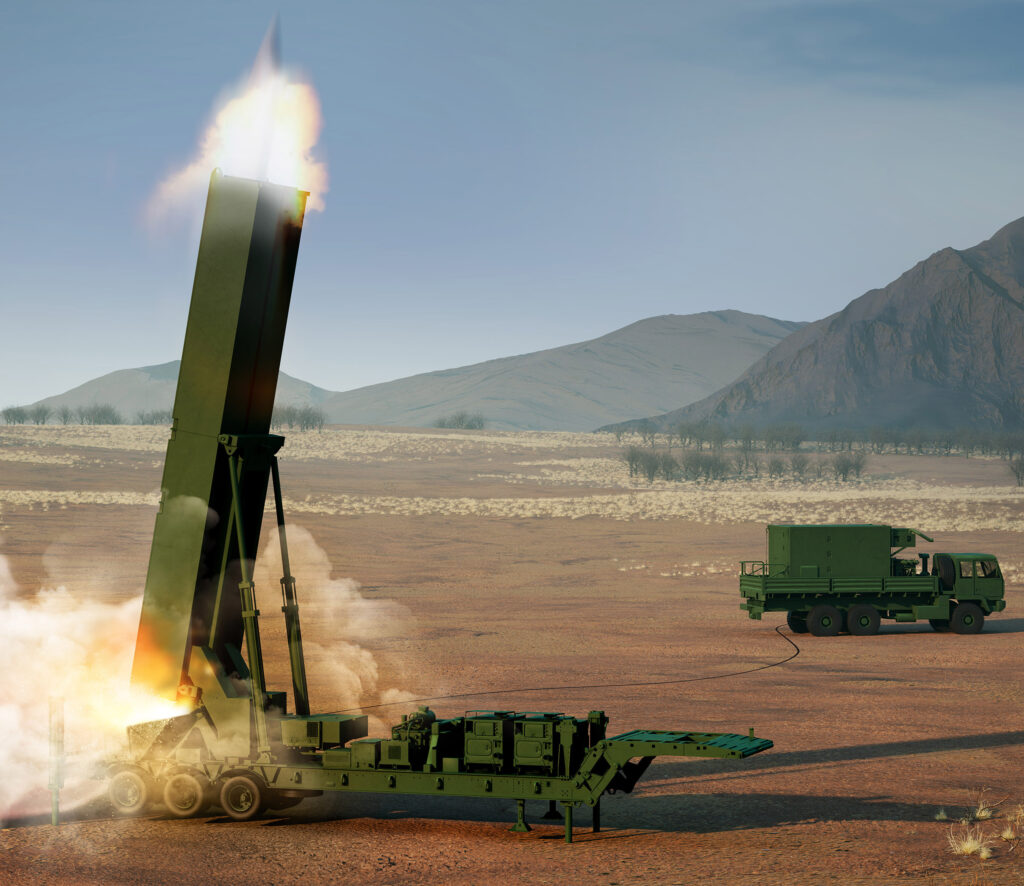
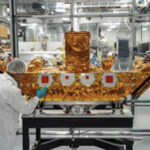

 mechanism is designed to align with the industry’s shift toward redundant, low-shock separation systems—a critical requirement as launch vehicles become more powerful and payloads more sensitive.
mechanism is designed to align with the industry’s shift toward redundant, low-shock separation systems—a critical requirement as launch vehicles become more powerful and payloads more sensitive.
